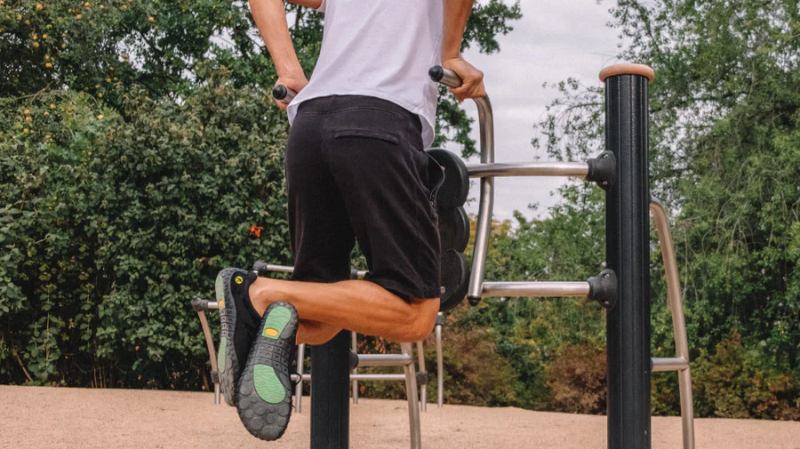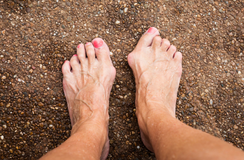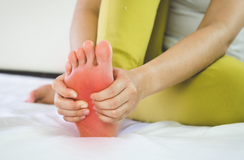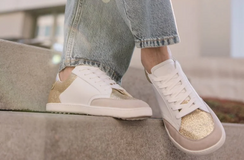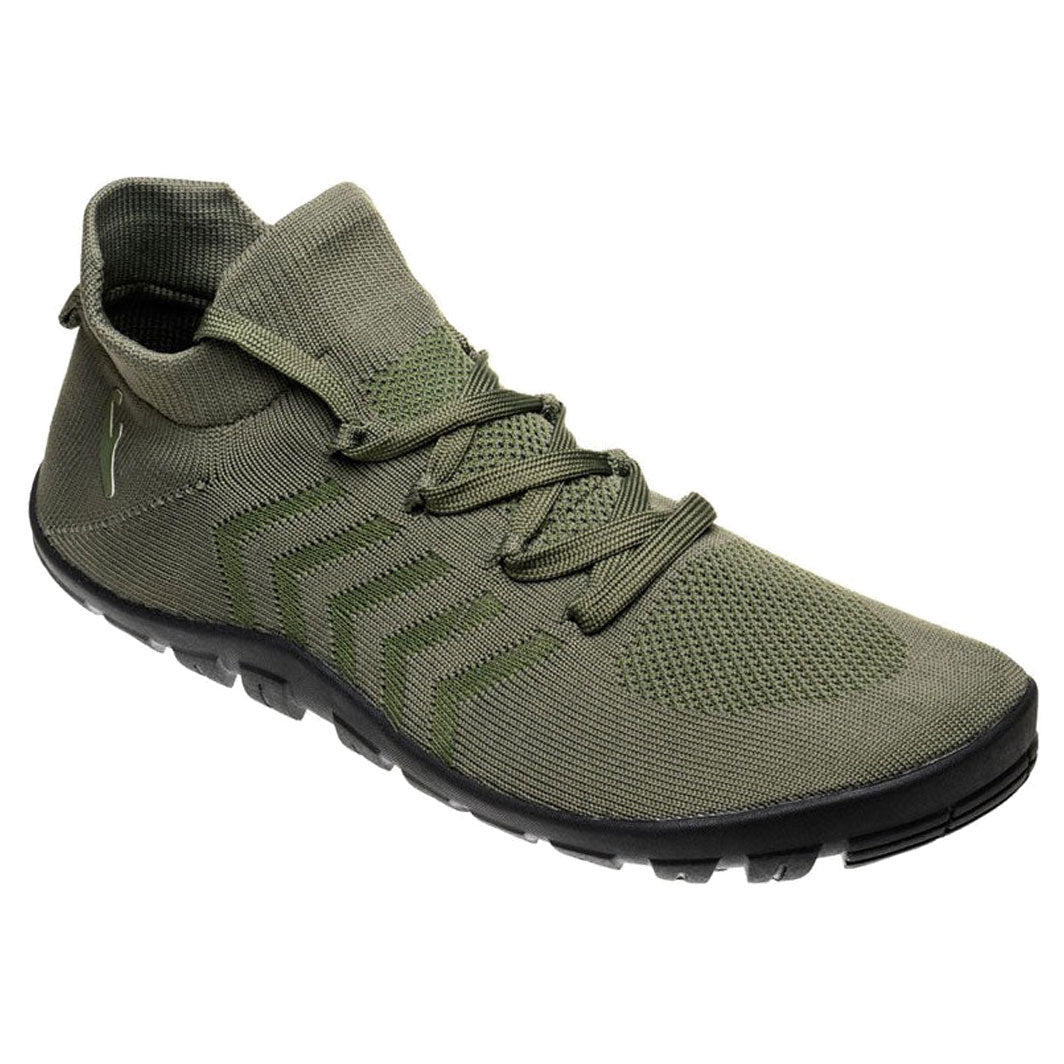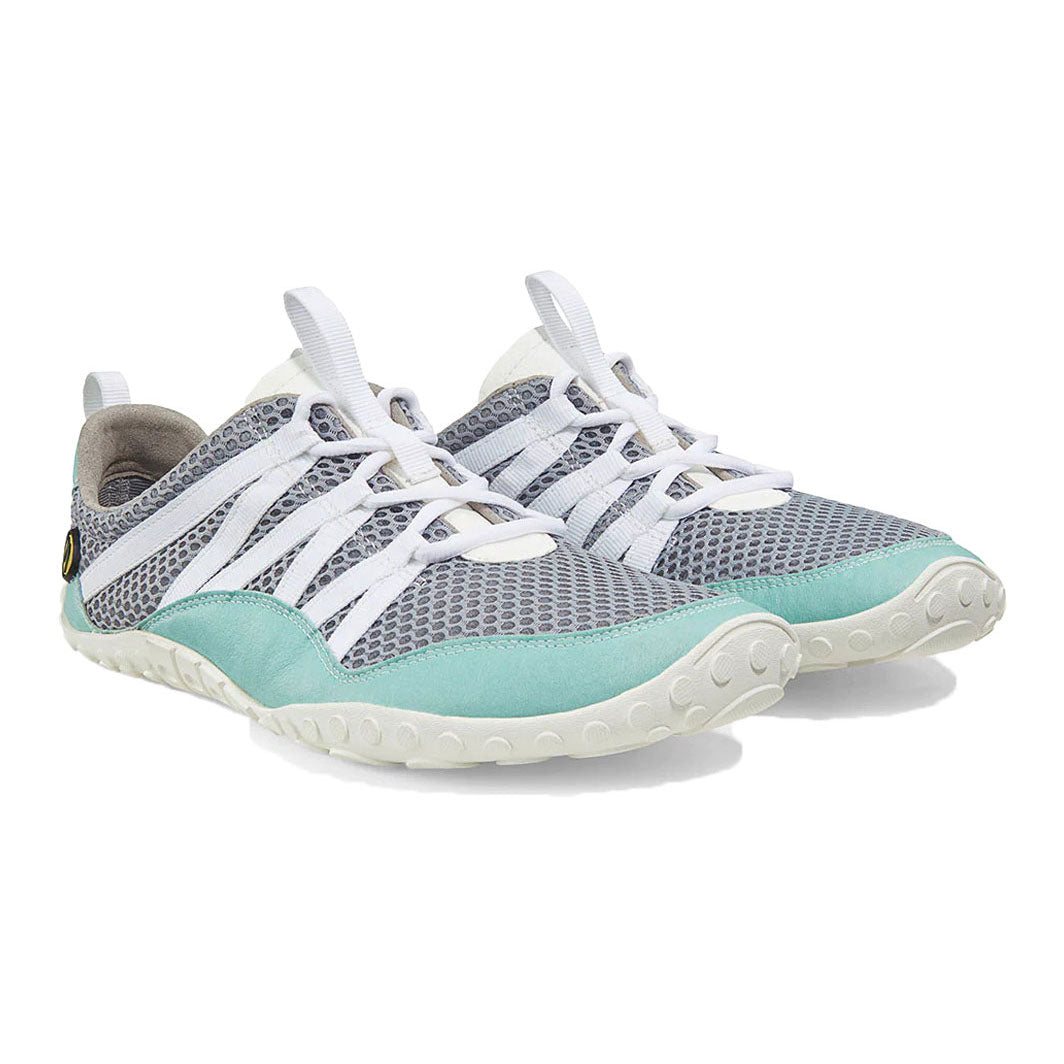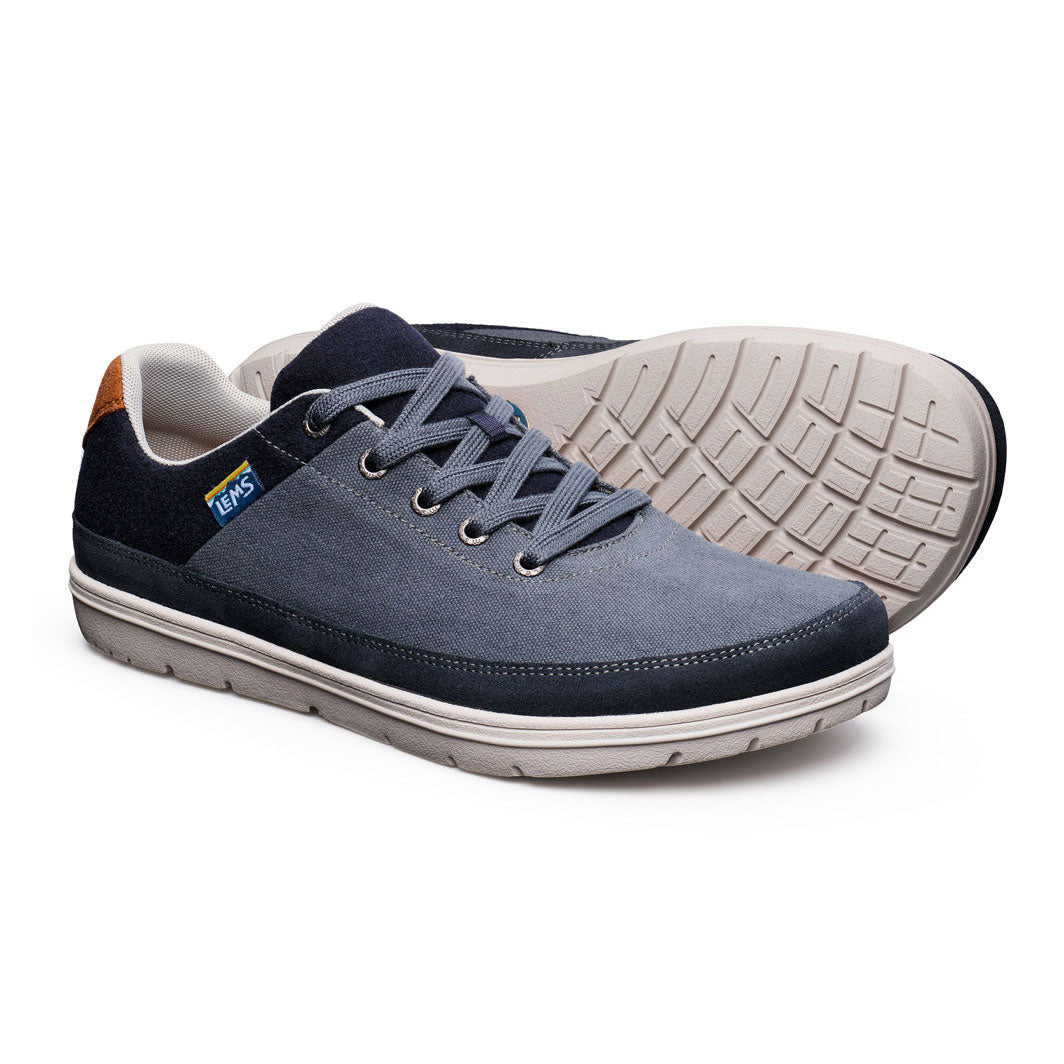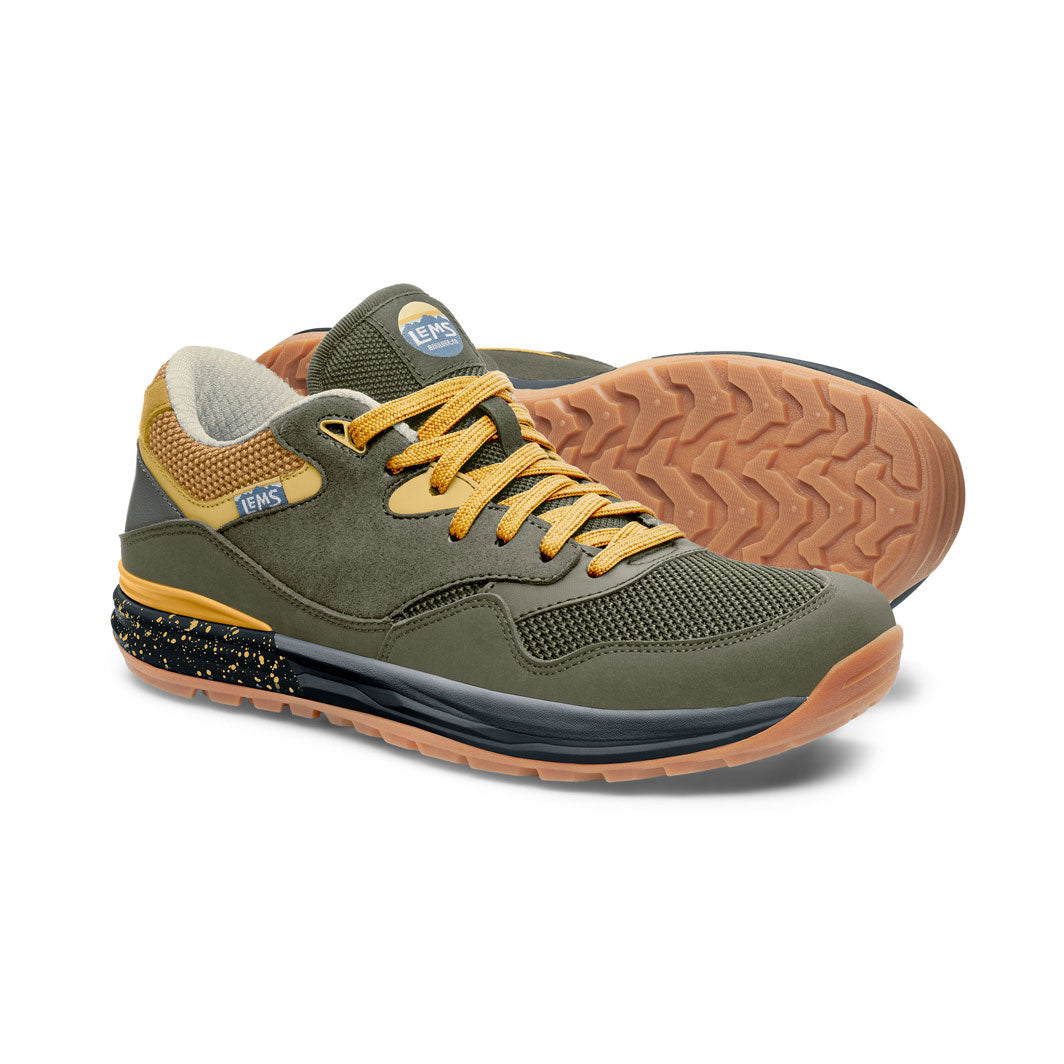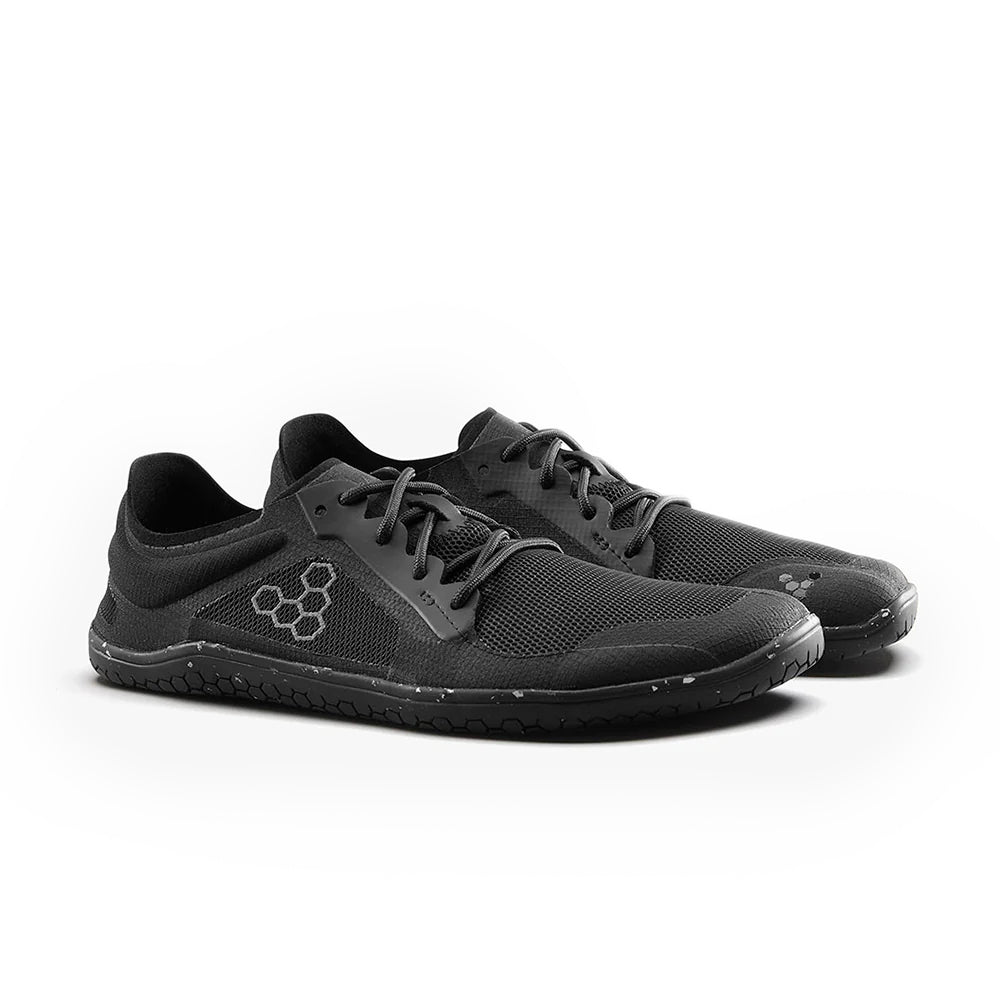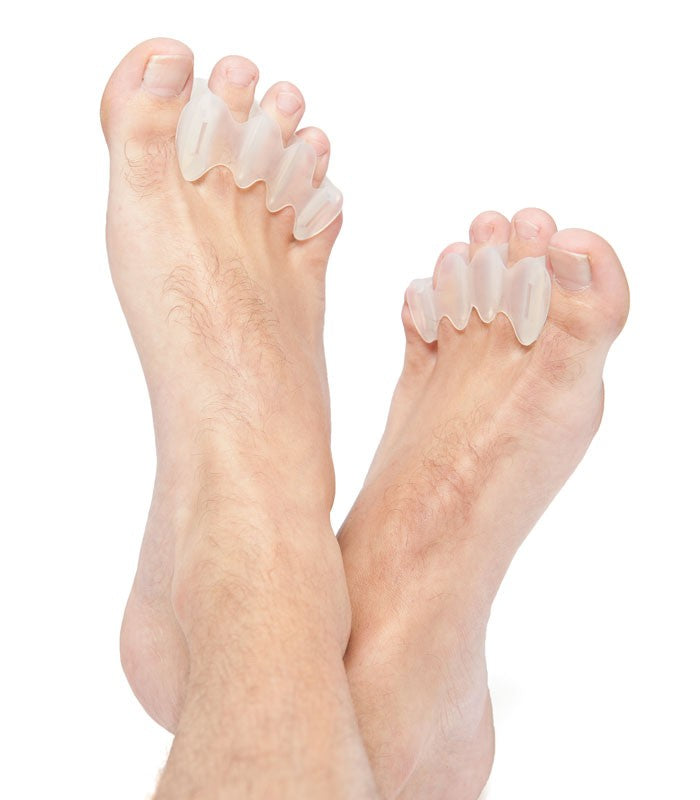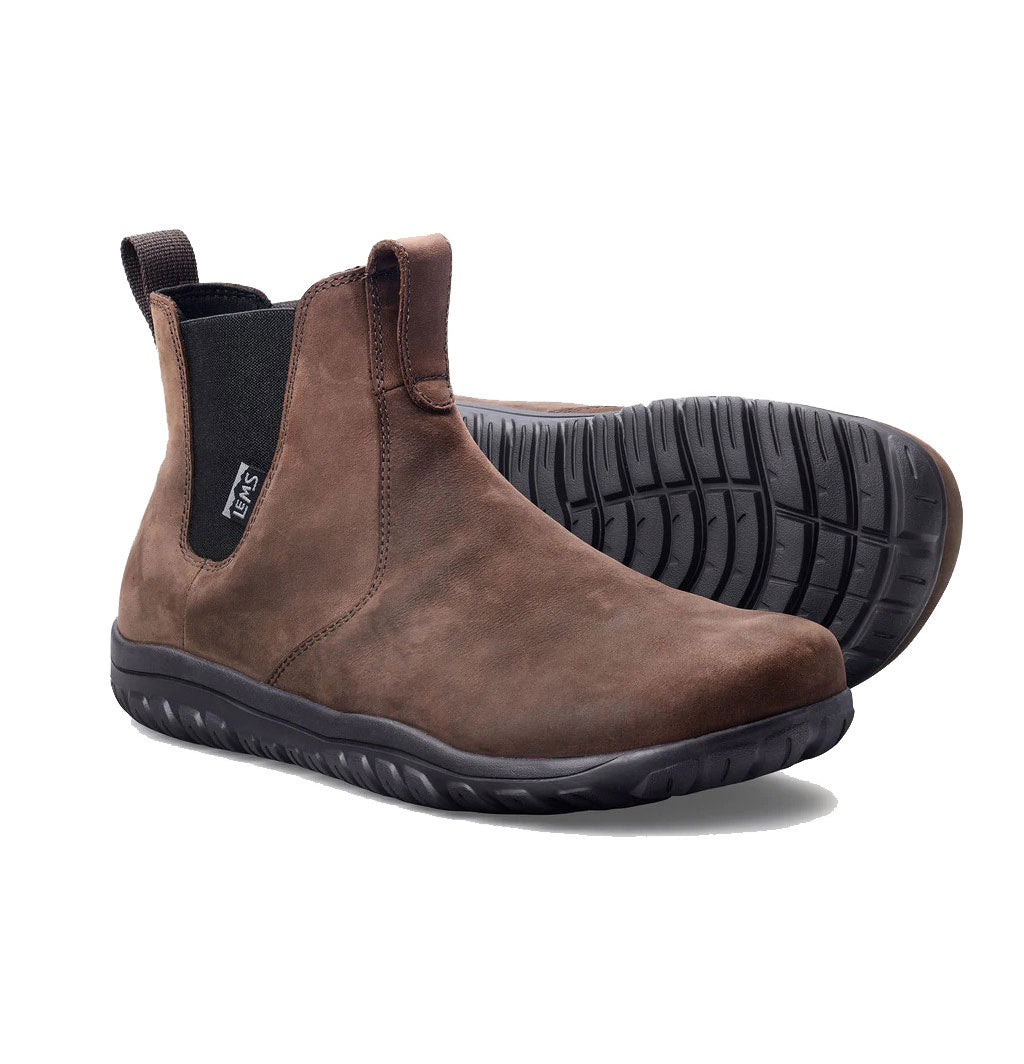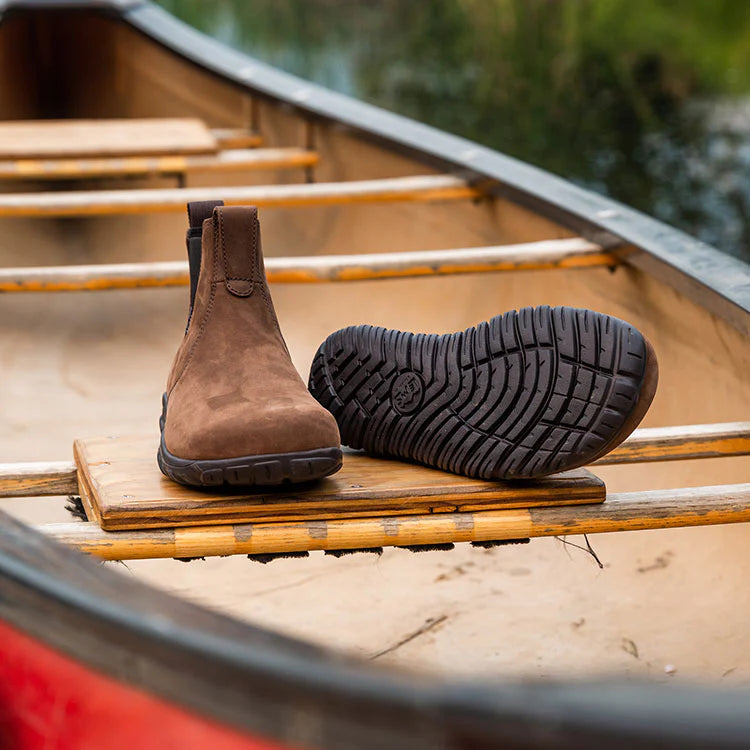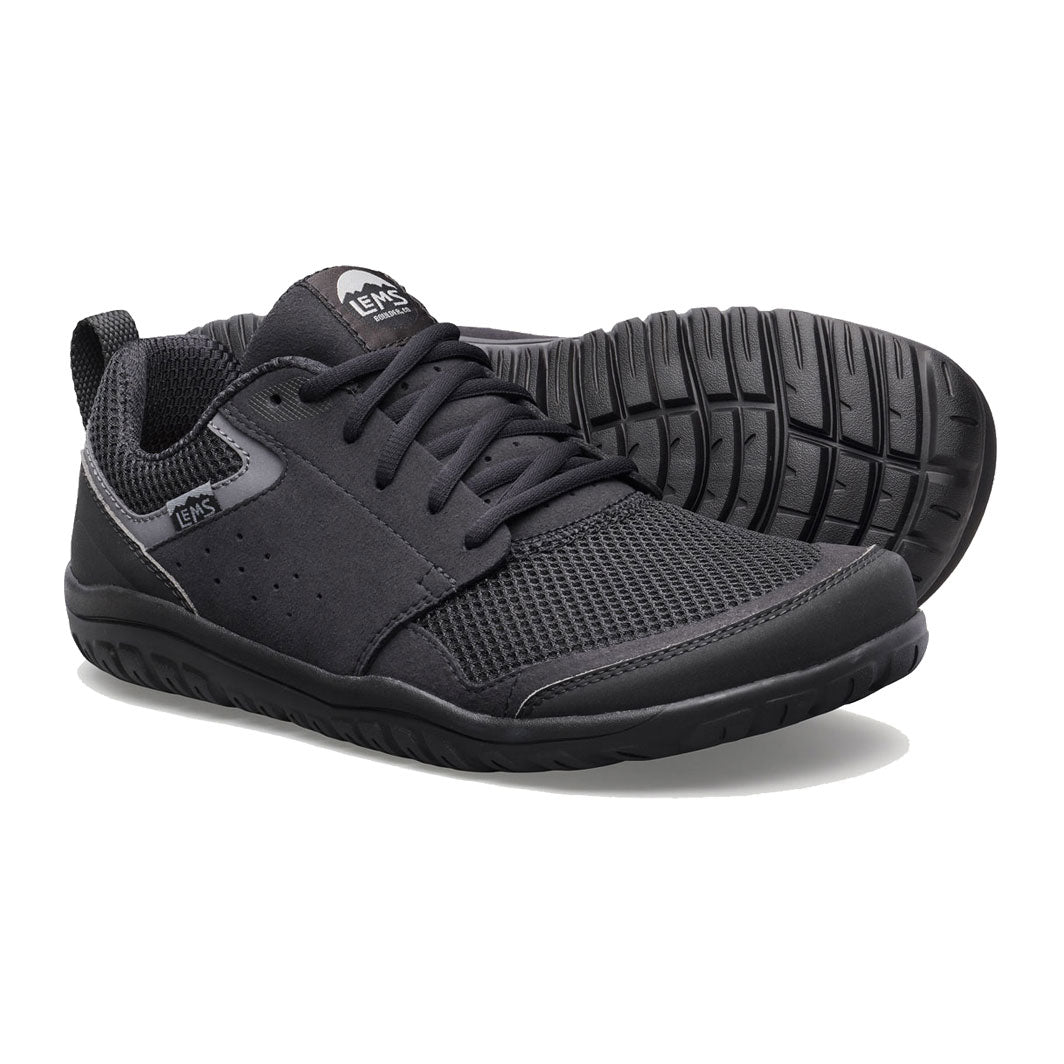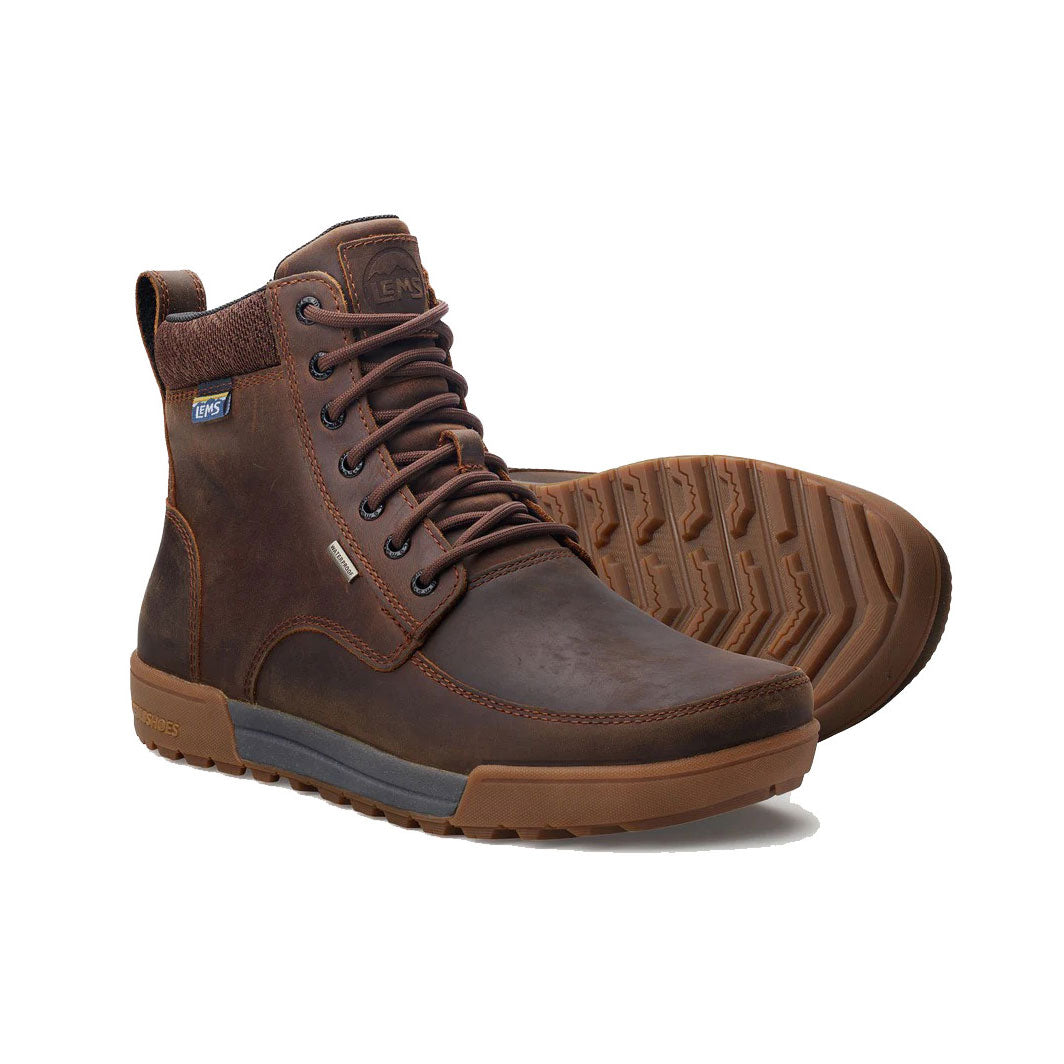If you're into fitness, you’ve probably heard about barefoot shoes—and maybe even seen them around the gym. These minimal shoes are designed to mimic the feeling of training barefoot, encouraging natural movement and foot strength. But are barefoot shoes really good for the gym, or are they just a trendy fad?
Let’s dive into the benefits, best practices, and important considerations to help you decide if barefoot shoes are the right fit for your workout routine.
What Are Barefoot Shoes?
Barefoot shoes are minimalist footwear designed to allow your feet to move as naturally as possible. They typically feature:
-
Zero-drop soles (no difference in height between the heel and toe)
-
Wide toe boxes to let your toes spread naturally
-
Thin, flexible soles that let you feel the ground
-
Lightweight construction that removes unnecessary bulk
These features promote better posture, balance, and overall foot health.
Benefits of Wearing Barefoot Shoes in the Gym
1. Improved Stability for Lifting
Lifting weights—especially squats, deadlifts, and lunges—requires a stable foundation. Barefoot shoes keep you closer to the ground, eliminating the instability caused by thick, cushioned soles. This can lead to better form and reduced injury risk.
Internal Link Tip: Check out our men’s barefoot training shoes for gym-ready support.
2. Strengthens Your Feet
Training in barefoot shoes forces your feet to engage more actively. Over time, this helps strengthen the intrinsic muscles in your feet, leading to better balance, foot function, and resilience.
3. Promotes Natural Alignment
The zero-drop design supports a more natural posture. For gym-goers, this can mean better alignment during exercises like planks, push-ups, or kettlebell swings.
4. Enhances Proprioception
With thinner soles, your feet receive more sensory feedback. This heightened awareness (known as proprioception) helps with coordination and balance, especially during dynamic movements like box jumps or agility drills.

When Are Barefoot Shoes Not Ideal?
While barefoot shoes have their perks, they might not be the best choice in every gym situation.
- High-impact or Plyometric Training
Exercises like sprinting or intense jump training may place excessive strain on your joints if you’re not used to barefoot-style movement. In these cases, ease into using barefoot shoes or opt for slightly cushioned minimalist models.
- Treadmill Running
Running on a treadmill at high speeds or inclines may be uncomfortable in very thin shoes, especially if you're transitioning from traditional running shoes.
Best Gym Activities for Barefoot Shoes
Here’s where barefoot shoes truly shine in a gym setting:
-
Strength training (squats, deadlifts, kettlebells)
-
Bodyweight exercises (lunges, push-ups, planks)
-
Yoga and mobility sessions
-
Functional fitness or cross-training
-
Agility and balance drills
Choosing the Right Barefoot Gym Shoes
Not all barefoot shoes are created equal. When shopping for a pair suitable for gym workouts, look for:
-
Durable grip: You’ll want a sole that won’t slip on smooth gym floors.
-
Breathable materials: Keep your feet cool during intense sessions.
-
Wide fit: Allows natural toe splay during exercises.
-
Flexible yet supportive: Enough structure to support lateral movements.
Browse our barefoot gym shoes collection for men and women.
Transitioning Tips for Beginners

If you’re new to barefoot shoes, don’t rush the process. Here’s how to transition safely:
-
Start Slow: Use barefoot shoes for warm-ups or light sessions before progressing to full workouts.
-
Focus on Form: Listen to your body and correct any posture or technique issues.
-
Strengthen Your Feet: Incorporate foot-strengthening exercises to ease the transition.
Need help? Our article on foot strengthening tips has simple routines to support your barefoot journey.
FAQs About Barefoot Shoes for the Gym
Are barefoot shoes allowed in gyms?
Most gyms allow them, especially if they resemble regular shoes. However, it’s always best to check with your facility’s rules.
Can you lift heavier in barefoot shoes?
Yes—many lifters prefer the grounded feel and enhanced stability barefoot shoes offer, which can improve force production and control.
Do barefoot shoes prevent injury?
They can help reduce injury risk by improving foot function and encouraging better biomechanics, but proper transition and technique are key.
Final Thoughts: Are Barefoot Shoes the Right Fit for Your Workout?
If you're looking to improve your balance, stability, and foot health while working out, barefoot shoes are an excellent option. They offer a more natural approach to movement, which can be a game-changer for strength training and functional fitness.
However, they’re not a one-size-fits-all solution. The key is understanding your training style, transitioning gradually, and choosing the right barefoot shoes for your gym activities.
Ready to try barefoot shoes for your workouts?
Explore our full range of training and gym-ready barefoot shoes at Bprimal—where natural movement starts from the ground up.



